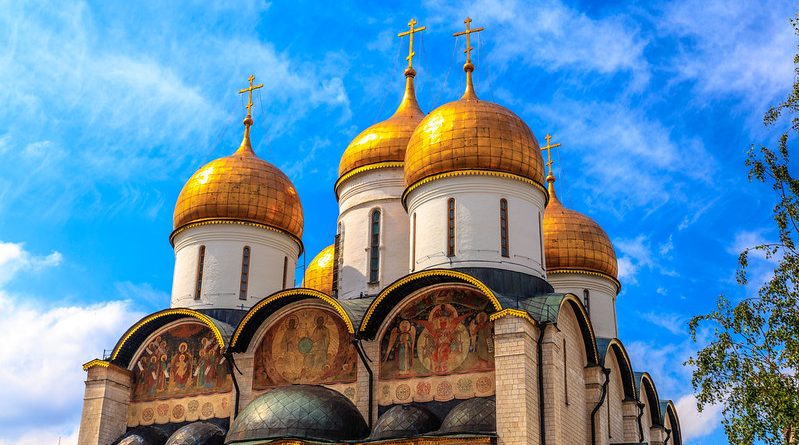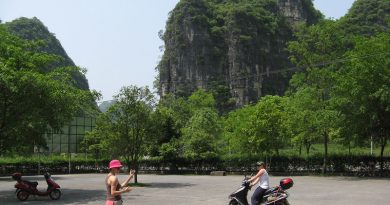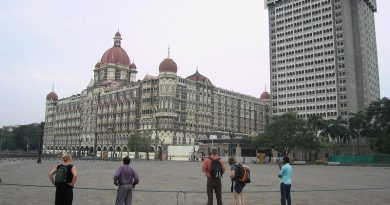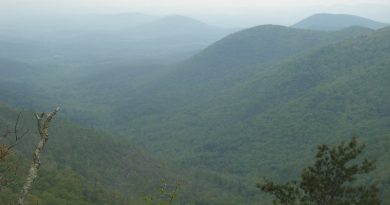Kings & Communists: Moscow’s Kremlin
The Moscow Kremlin is the chief architectural sight of the city. The Kremlin is a refuge, a self contained city. Kremlin means fortress, the Russian word for citadel, a medieval walled city on a hill above the Moscow River. Long ago the city grew far beyond the walls, but the citadel remained the seat of government.
The skyline of the Kremlin is strikingly majestic and picturesque. The might of its walls, its ridge-roofed towers and the three-dimensional expressiveness of the buildings clustered on its grounds offer panoramas of rare beauty. At one time, every western spy would have risked their lives to gain entrance.
History
The ensemble of the Moscow Kremlin is the result of the efforts of many generations. Initially, it was a small fortified settlement which sprang up on Borovitsky Hill – a promontory at the spot where the Neglinnaya River flowed into the Moscow River. The oldest archaeological finds unearthed on the Kremlin grounds date back to the Bronze Age. Signs of a Slavic settlement here date to no later than the end of the 11th century. At the time, the fortress on the top of Borovitsky Hill covered an area of about 5 hectares.
In 1917, the new soviet government under Lenin transferred the Russian capital back to Moscow. The Kremlin became the seat of the highest state bodies, a sort of preserve, where only those who lived or worked there were admitted. It was only in 1955 that its unique museums have again become accessible to all. Church services have recently been resumed in the old cathedrals and the Kremlin bells which have been silent for over 70 years have rung into life again.
The Kremlin has been and remains a unique monument of Russian culture and a symbol of Russian statehood.
Highlights
Sights to visit at the Kremlin include:
Arsenal – Peter the Great’s weapon storeroom.
The State Kremlin Palace – made of glass and concrete in 1961, it’s now the home of the Kremlin Ballet Company.
Senate – Catherine the Great’s council chamber and offices of Lenin.
Tsar Cannon and Bell – this giant cannon made in the reign of Ivan the Terrible has failed to fire a ball, neither has the 200 tonne bell ever rung a note. Still, they remain an impressive sight despite their impracticalities.
Cathedral Square – with it’s highly photographic gold domed towers, the square symbolises the old Tsarist (King’s) rule and as the Kremlin is a microcosm of Moscow, the square is a microcosm of the Kremlin symbolising the regal past, with the addition of a statue of Lenin.
Ivan the Great Belltower – this fantastic 16th century tower is the tallest building in the whole of Russia.
Cathedrals – There are many surrounding the Kremlin, the most famed being 14th Century Assumption Cathedral, home of the Russian Orthodox Church and The Italian influenced Cathedral of the Archangel Michael, burial place of the early Tsars.
The Armoury – a glamorous museum space, housing a collection of Imperial treasures including over fifty Faberge eggs.
Destination – Russia




